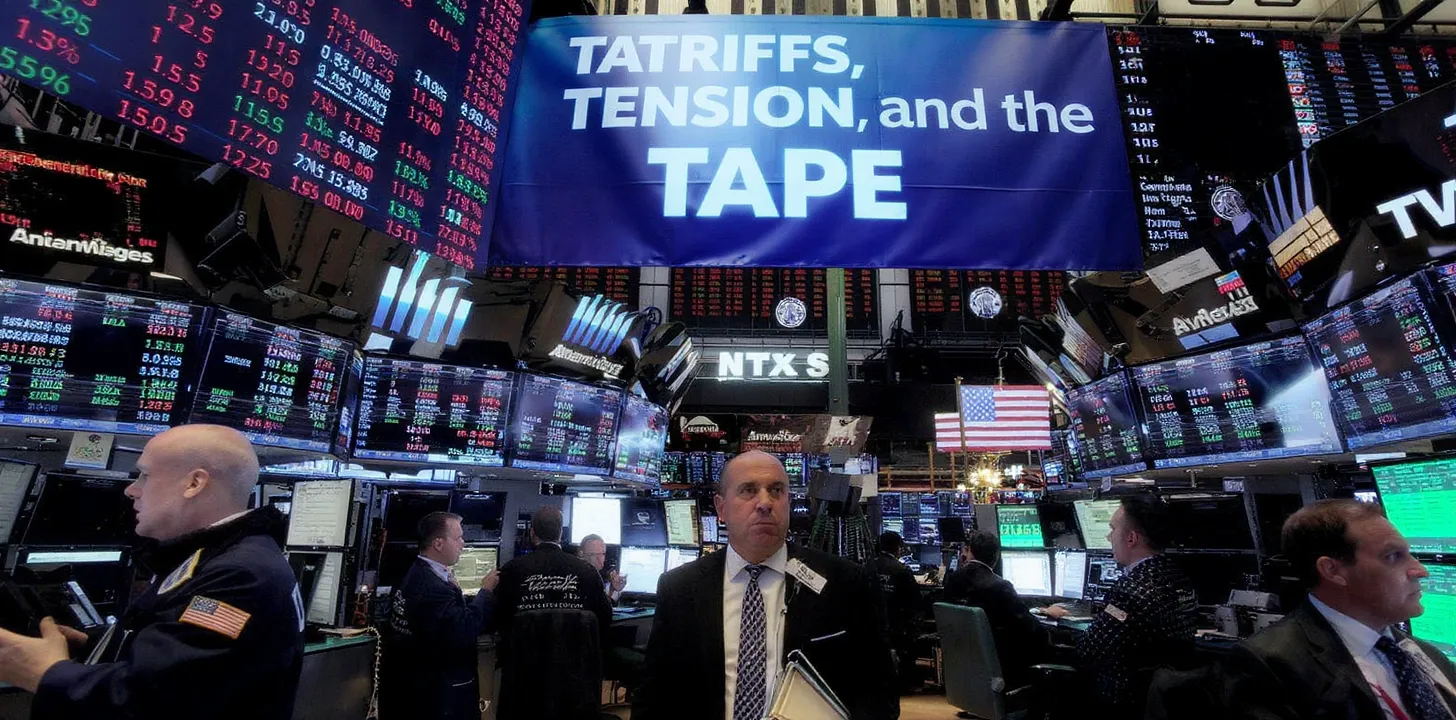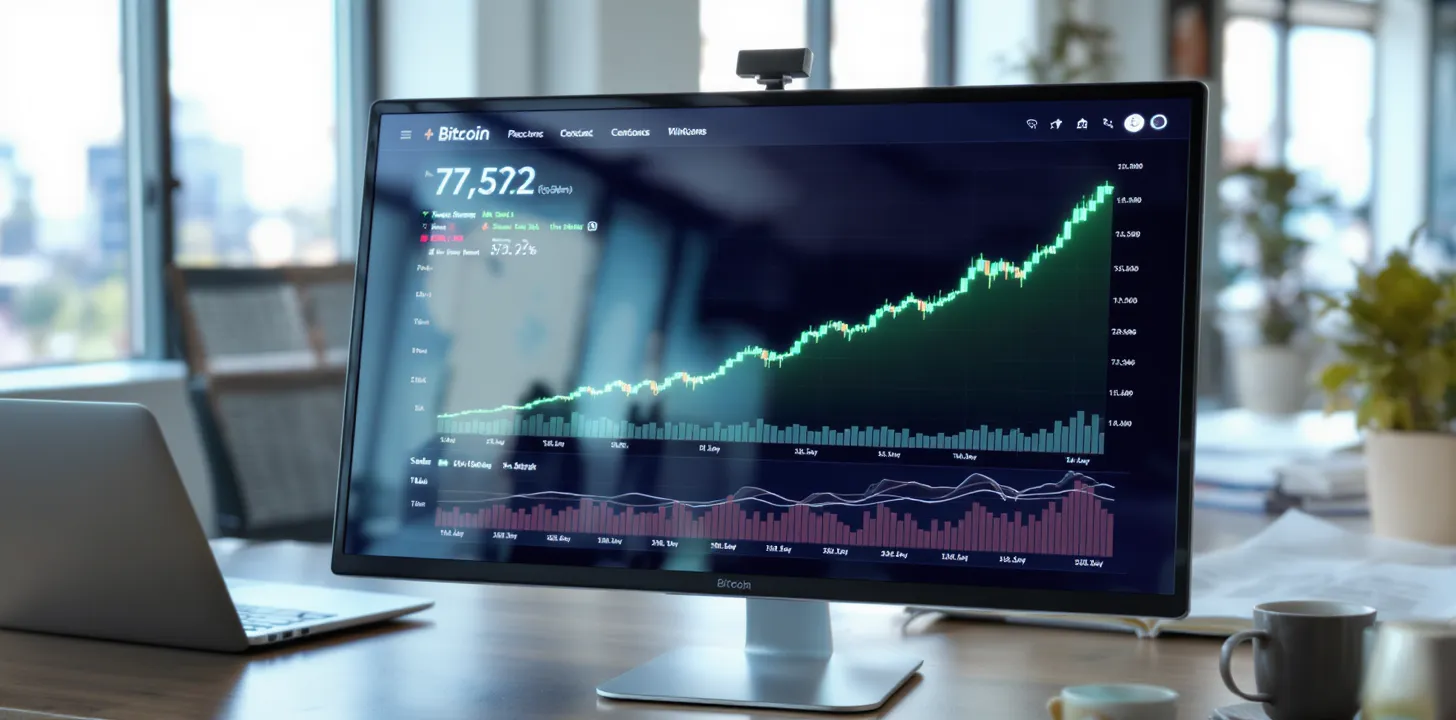Reading the Golden Candles: A Practical Guide to Pattern Strength and Risk-to-Reward
1. Introduction: Why Candlestick Patterns Still Matter in 2025
Even in the era of artificial-intelligence dashboards and high-frequency models, the humble candlestick remains one of the clearest windows into crowd psychology. Each bar compresses a trading session’s tug-of-war between buyers and sellers, revealing who finished the day on top and how convincingly. Because gold often trades on emotion—fear of inflation, political risk, or dollar weakness—its candles can switch quickly from euphoria to panic, making visual pattern recognition especially valuable.
2. The Big Picture: What Makes Gold Charts Different
Gold’s market micro-structure creates quirks you won’t see in equities: 24-hour trading, Asia–London–New York liquidity “hand-offs,” and periodic bursts of volatility around macro headlines. Patterns that appear during thin liquidity—for instance in the early-Asian hours—tend to be less reliable than those printed during London or New York overlaps when volume surges. Keeping a session clock next to your chart helps filter out low-quality signals.
3. Six High-Impact Candlestick Patterns Every Gold Trader Should Know
- Hammer / Shooting Star: Single-bar reversal clues that depend on long wicks and tiny bodies.
- Bullish / Bearish Engulfing: Two-bar flips where the second candle “swallows” the real body of the first, flagging an imminent change in control.
- Doji: A cross-shaped candle showing pure indecision; its edge improves when it sits on major support or resistance.
- Morning Star / Evening Star: Three-bar formations announcing trend exhaustion; confirmation is strongest when the third candle closes beyond the midpoint of the first.
On gold’s daily chart over the last decade, engulfing formations have historically produced the highest immediate follow-through (roughly 55% of the time for a two-day move equal to the candle’s height), while doji on their own have been closer to coin-flip accuracy.
4. Putting Probability on Your Side
You don’t need a doctorate in statistics to benefit from basic probability tables. Log 30–50 examples of each pattern on your platform’s playback tool: note win or loss, average move in your favor, and average adverse move. Most retail traders who do this exercise discover that a 1:1 risk-to-reward target almost always leaves them breakeven after costs, while stretching for 1:2 or better creates room for error—even if only half their trades succeed.
5. A Simple Risk-to-Reward Worksheet
- Entry: Identify the pattern; wait for the candle to close.
- Stop-loss: Park it a few ticks below (bullish) or above (bearish) the wick’s extreme, or use 1×ATR(14) as volatility padding.
- First target: Project 2× your stop distance, aligning with a recent swing or Fibonacci retracement.
- Second target (optional): Trail 50% of the position behind a short-term moving average to milk larger trends.
Using the worksheet keeps emotion out of the equation and ensures every setup meets your minimum 2:1 statistical edge.
6. Trade Walk-Through: The Bullish Engulfing at $3,250
In late-March 2025, spot gold dipped to the $3,250 area, printed a bullish engulfing candle during New York hours, and closed above its 20-day EMA. Placing a stop $18 below the wick’s low and a 2× target $36 higher produced a reward-to-risk of 2:1. Price hit the objective two sessions later when fresh inflation data weakened the dollar—an example of how aligning the pattern with macro catalysts boosts odds of success.
7. Common Pitfalls to Avoid
- Trading micro-patterns in illiquid sessions—false signals multiply when volume is thin.
- Ignoring context—a hammer means little if it forms in the middle of a choppy range.
- Moving stops too soon—shrinking the initial risk after a minor pullback often skews the strategy below the required risk-to-reward threshold.
8. Checklist Before You Click “Buy/Sell”
- Pattern printed during high-liquidity hours?
- Sits at a recognized support/resistance zone?
- Confirms with rising volume or an oscillator divergence?
- Risk-to-reward ≥ 2:1 after fees?
- Upcoming macro events that could invalidate the setup?
A trade that ticks all five boxes stacks the statistical deck firmly in your favor.
9. Conclusion: Blend Art with Arithmetic
Candlestick reading will always have an artistic element—intuition honed by screen time. Yet pairing that artistry with a simple risk-to-reward framework transforms pretty chart shapes into a repeatable edge. Track your stats, respect the math, and let the golden candles illuminate—not dictate—your trading choices.



